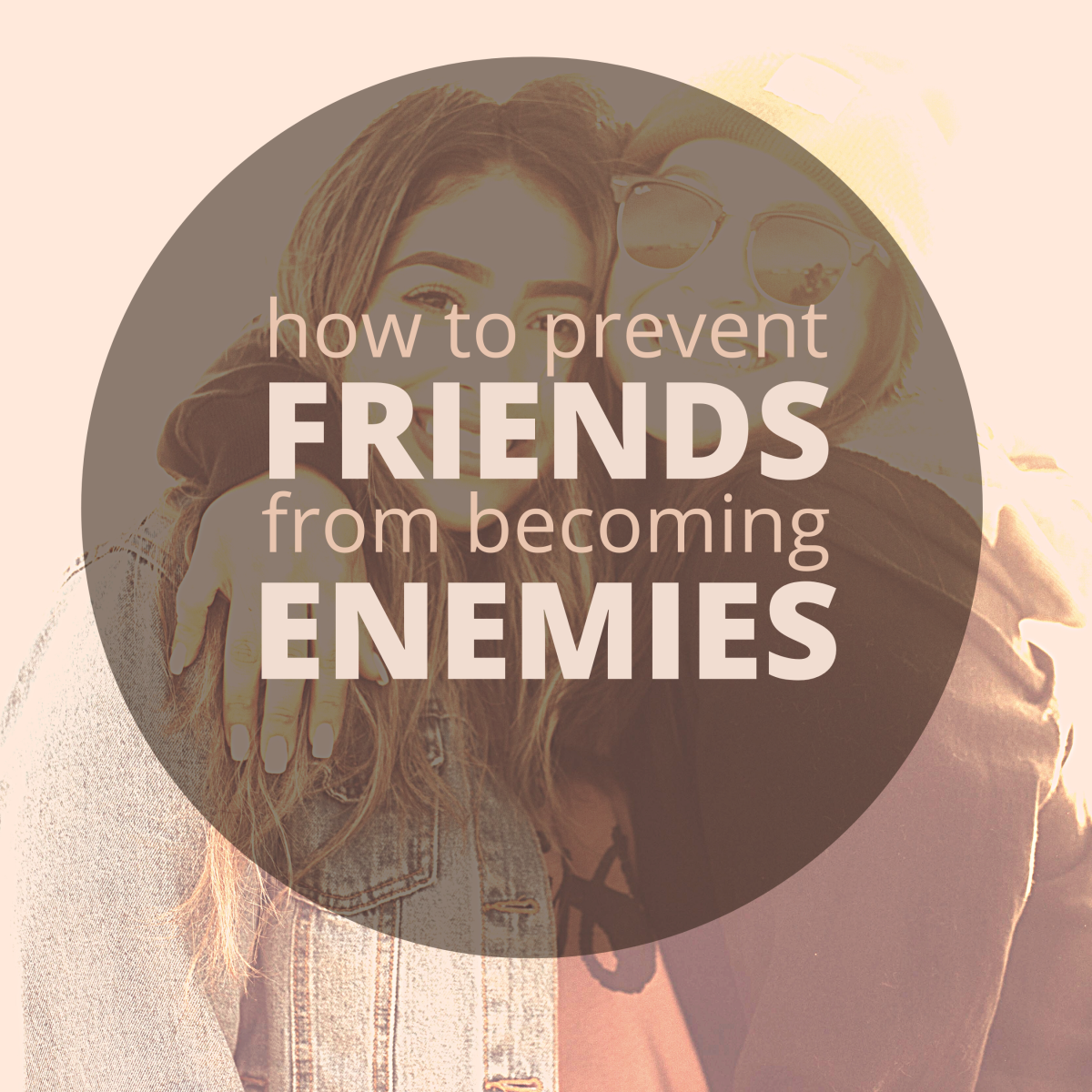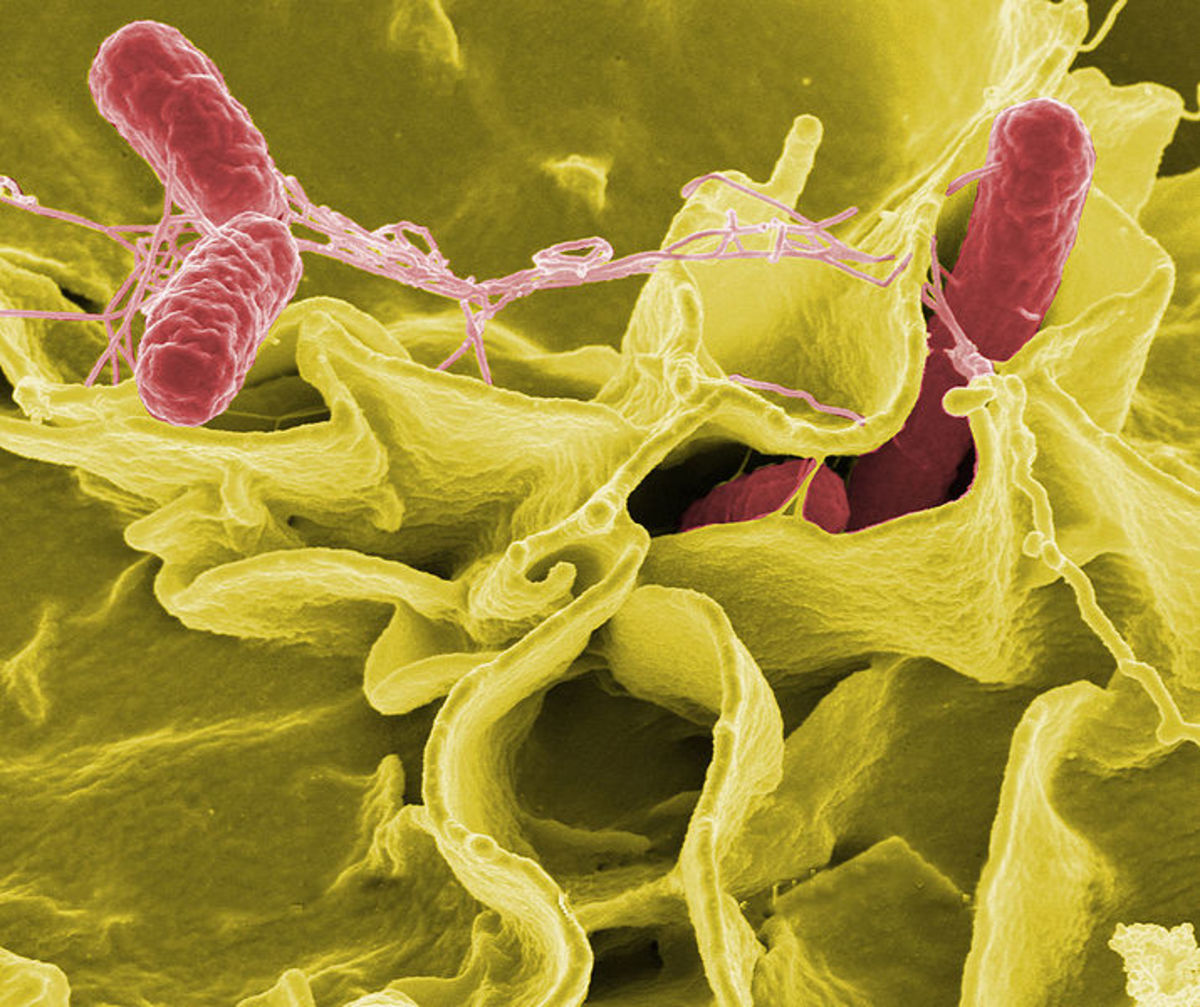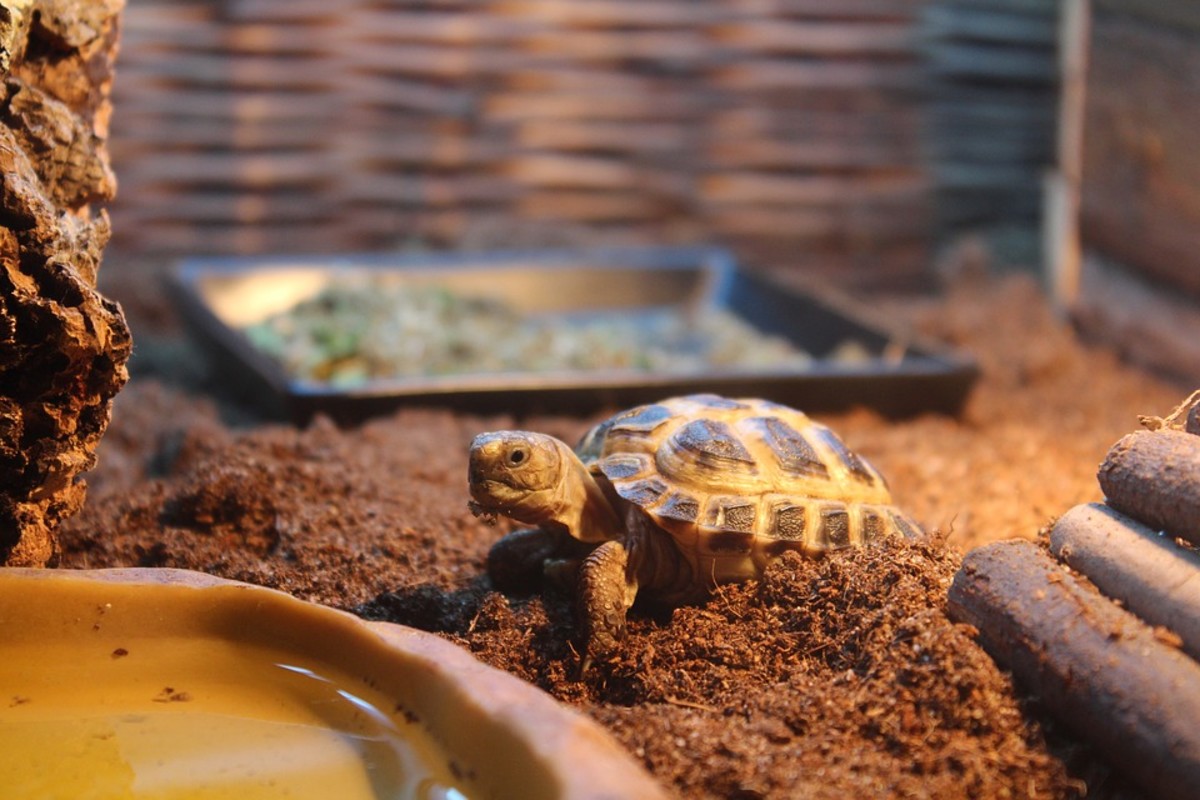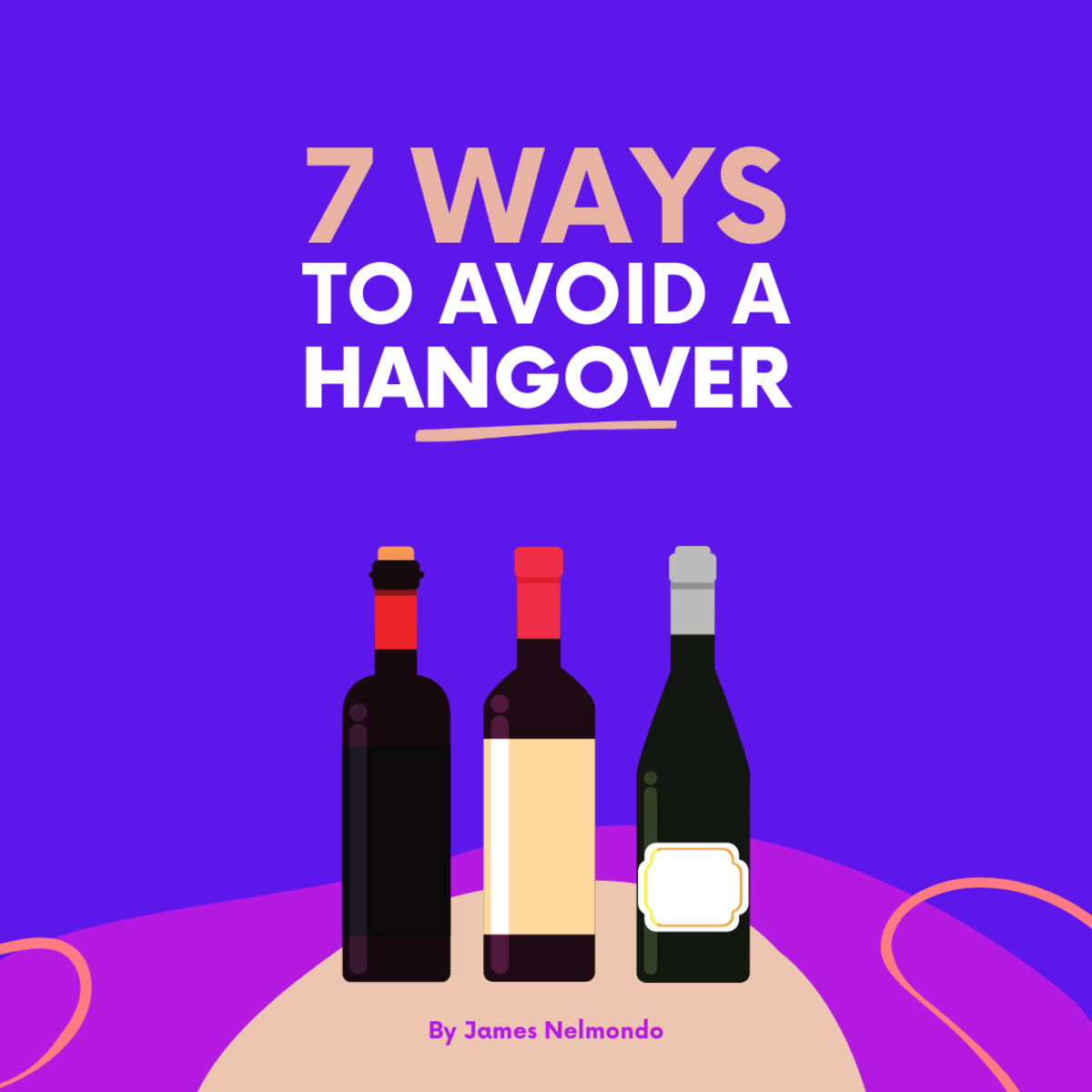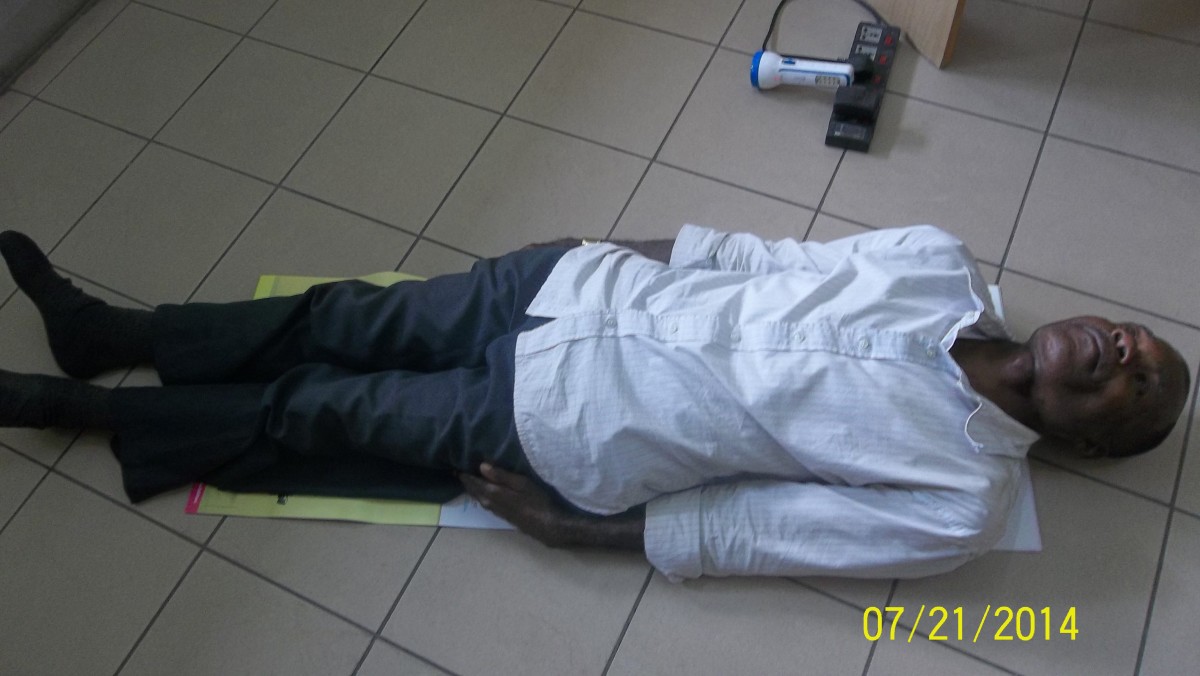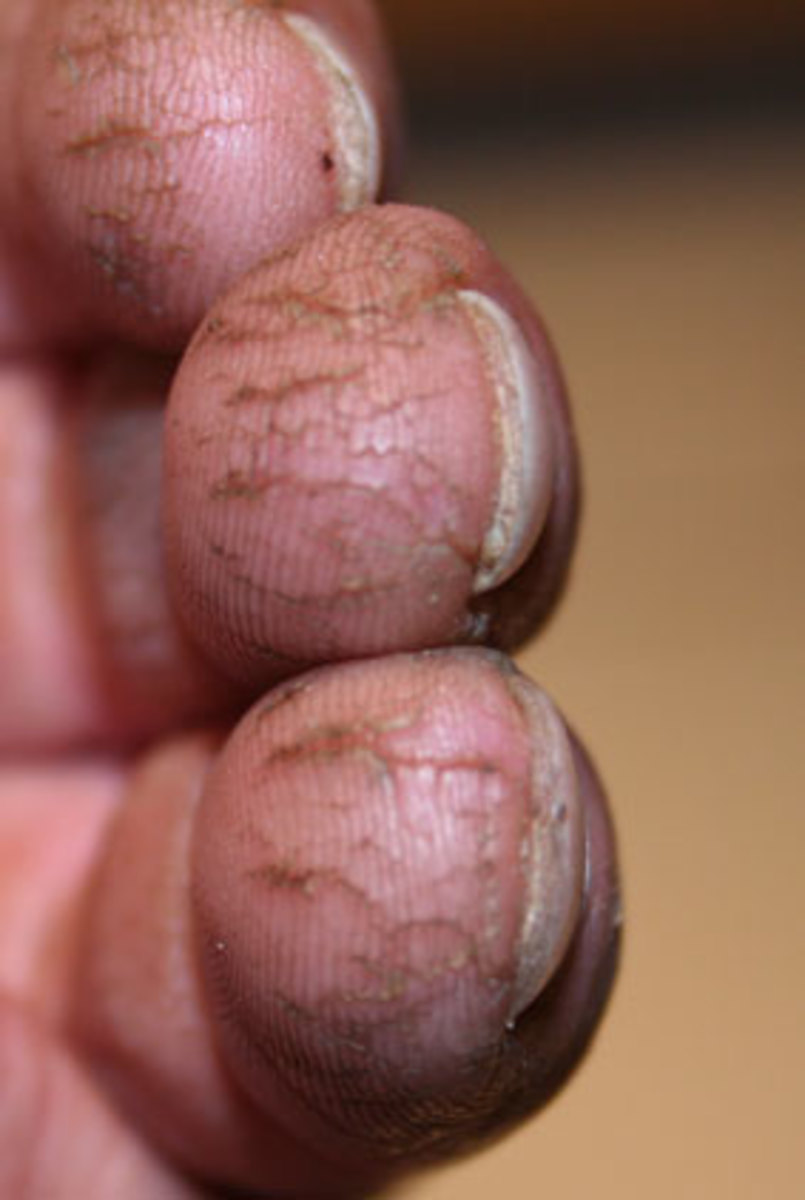5 Ways to Prevent Food Poisoning and Safety Tips

Copyright 2012 - Kris Heeter, Ph.D. (Reprinting, copying, or reproducing this article elsewhere online or offline is prohibited).
One in six Americans get sick from food poisoning each year. Undoubtedly most everyone reading this has had it at some point.
According to U.S. government statistics, food poisoning sends more than 100,000 Americans to the hospital each year.
Salmonella and E. coli are two of the more common bacteria linked to food poisoning. Salmonella food poisoning is estimated to cost up to $14.6 billion annually in the U.S. alone.
Following the simple guidelines in the five categories below can help you reduce your risk of food poisoning:
How to Prevent Food Poisoning
The prevention of food poisoning starts when shopping at the store and continues long after the food arrives in the kitchen. Care needs to be taken when handling fresh foods while shopping and when storing those fresh foods at home.
Prevention continues during the cooking process and in storing leftovers. Speaking of leftovers...
There are many safety steps should can be taken when eating out and picnicking and bringing how leftovers.
Check out the simple safety tips below!
It Starts At The Store
Make sure the quality of the food you choose is good (e.g., avoid meats with discoloration).
Keep meat, poultry, seafood, and eggs separate from all other foods at the grocery.
Pick your fresh fruits and veggies out first.
Wait to handle meat packages until the end and if your store provides bags to place packaged meats in, utilize those.
Don’t allow meat packages to touch your fresh produce in the cart or in your packed grocery bags.
Keeping Food Safe At Home
Make sure all fruit and vegetable produce is washed thoroughly before eating it.
Keep foods separated during preparation and storage. For example, don’t use the same cutting board to cut meat and chop veggies.
Heat food until it is hot and steaming (at least to 165 degrees Fahrenheit/74 degrees Celsius).
Your refrigerator should be set to keep cold foods at 40 degrees Fahrenheit/4 degrees Celsius or lower.
Cold foods should be eaten within two hours or put them in the refrigerator or freezer for later.
When reheating food, make sure it gets above 165 degrees Fahrenheit/74 degrees Celsius in the over. If it is liquid (like soup), be sure it comes to a boil.
When using the microwave, be sure to stop, stir and start the microwave again to be sure the food is thoroughly heated. Cold spots left in microwave food can allow germs live.
You can find and download a handy dandy chart of how long foods can be stored in the refrigerator at:
More Information on Food Poisoning Symptoms and Causes
Bacterial food poisoning is the most common type in the United States.
To learn more about the types of foods that can be contaminated and the symptoms of E. coli, Salmonella, Listeria and Botulism, visit the CDC website or visit "Four Types of Food Poisoning and Common Causes".
Did you know that certain types of non-bacterial food poisoning can cause cancer? To learn more, visit: "Aflatoxicosis: Food Poisoning That Can Cause Liver Cancer"
Did you know that there are over 100,000 suspected pathogens or microbes that can cause food poisoning? To learn more, visit: Foodborne Pathogens and Toxins: outbreaks and recalls
Food Safety When Eating Out
One very easy "telltale" sign is how clean the restaurant looks. If the tables are dirty, the floor a mess or if the food prep area (if you can see it) is a disaster, think twice before staying.
Any signs of ants or roaches run and don’t look back!
Order meat, poultry, fish, and eggs as fully cooked.
When your meal comes, double check to make sure it’s very hot and thoroughly cooked before you dig in. If it’s not, don’t hesitate to send it back. I once ordered chicken and upon slicing into it, found it cold and pink - a bad sign!
Watch for items that might contain eggs that are not fully cooked like salads (including egg salad), custards, and some sauces.
Unless you go to a very well renowned sushi and oyster bar, skip the raw fish.
Take-out and Leftovers
If you are considering a doggie bag but you are not going to be anywhere near a refrigerator within hour or two, then you may wish to skip taking home the leftovers. During the summer months, your car can get very warm inside. When it is warm, bacteria and other germs can grow fast (E. coli can double in number every 15-20 minutes).
If your food has been sitting out and you are not sure if it is safe to eat, use the simple rule of thumb:
“When in doubt, throw it out!”

Picnicking At The Pool Or Lake
If you are going on a picnic, be sure your food in the cooler is packed with plenty of ice.
Once any cold items have been dished out, put them immediately back in the cooler.
Keep items covered if anything is sitting out. Flies could care less if they are snacking on your food or the nearest pile of manure – it’s all very tasty to them either way.
When swimming before eating, be sure the family washes up with soap and clean water. The parasite Cryptosporidium (aka “Crypto”) lurks in lakes, rivers and pools and can cause diarrhea that lasts 1-2 weeks.
Special Note: Crypto can also be found in contaminated drinking water and can be spread by food that has been contaminated with feces (yes, the "poop" those picnic flies love). Alcohol-based hand sanitizers do not work against this parasite so hand washing is crucial!
More Food Poisoning Statistics
To learn more on food poisoning and about some recent startling discoveries, check out: 10 Surprising Food Poisoning Statistics and Discoveries.

